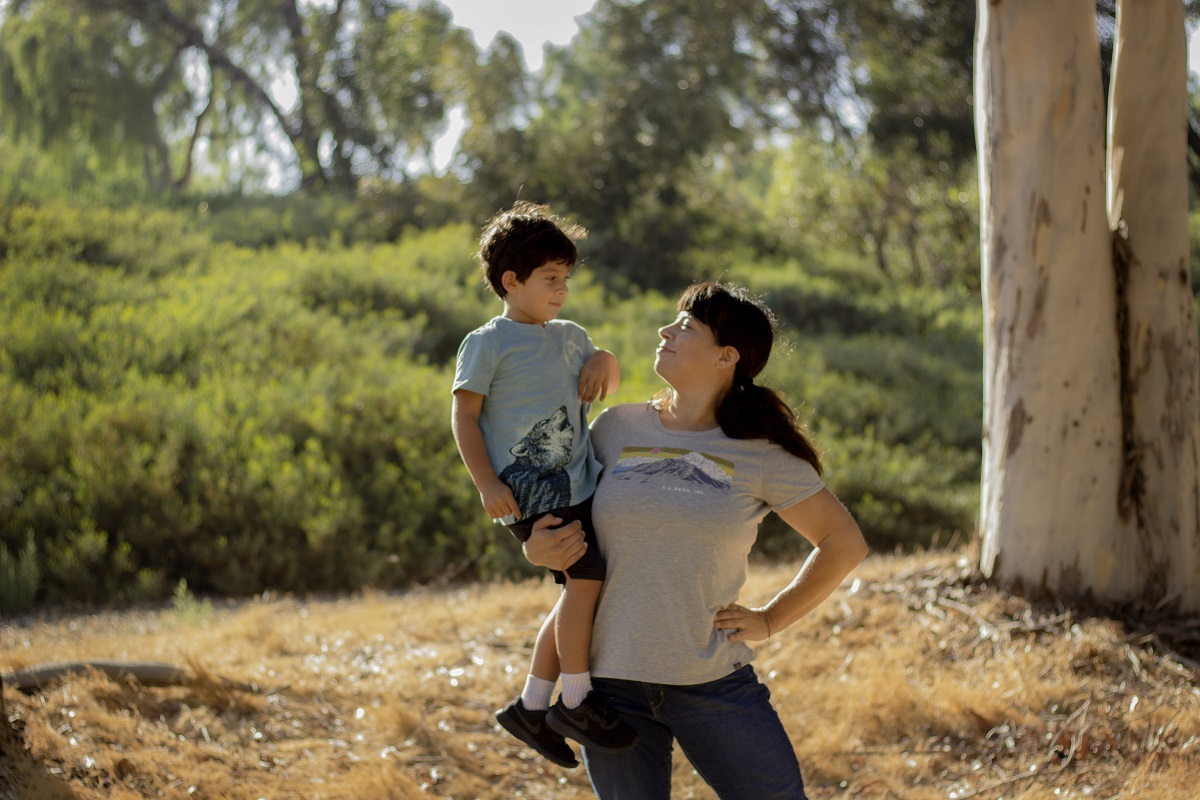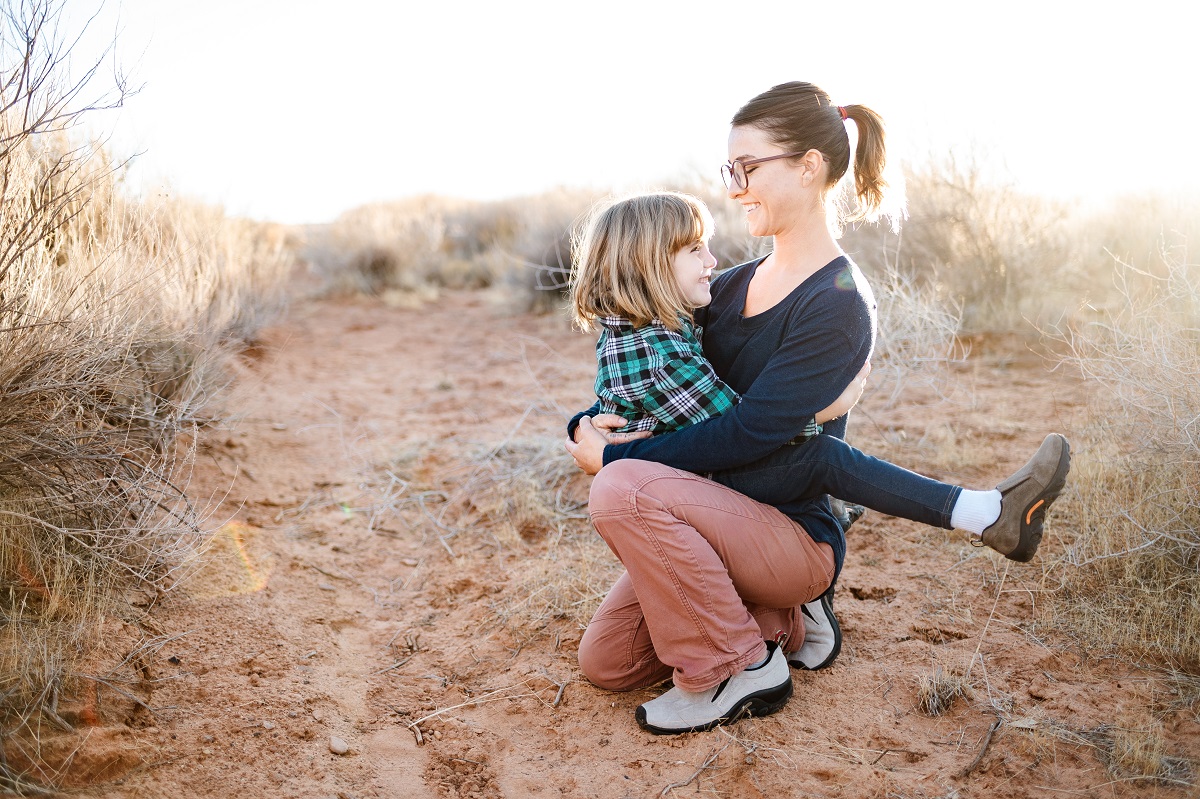Create an Outdoor Legacy for Your Children
- Blog Create an Outdoor Legacy for Your Children
“We must begin thinking like a river if we are to leave a legacy of beauty and life for future generations.” ― David Brower
Summer is here. With that, the chance to make goals and opt to improve yourself and your family in some way. Let’s collectively come together and choose to create an outdoor legacy for our children. That’s right. Let’s pass on some variation of going outside and enjoying nature. Let’s be the river and slowly carve out an appreciation and love of the great outdoors for our children.
What is an Outdoor Legacy?
Simply put, an outdoor legacy is an impression you instill in your children about the outdoors. It is the long lasting impact your actions surrounding the outdoors have on your children. It is how your children will approach the outdoors when they reach adulthood. Leaving this outdoor legacy behind doesn’t happen overnight. It is something you will continue to foster and develop throughout your child’s life. Even after your children are adults and long gone from your home, you can still actively engage your children in outdoor adventures that feed into the outdoor legacy you want to leave behind. 
Why Create an Outdoor Legacy?
According to a 2004 study, 90% of adults participating in outdoor activities were first introduced to them between the ages of 5 and 18. In other words, exposing your children to the great outdoors during their childhood will likely result in their continued enjoyment of nature as adults. That's why at OutGrown we offer support and resources for families with babies to get outside. Knowing the earlier the exposure to nature, the higher the probability a child will connect with the outdoors and the benefits of time outside. And when only a mere 18% of adults and children spend time outside once a week and a solid 54% of individuals who currently do not participate in outdoor recreation are content to remain indoors, it is important to consider the impact we, as parents, have on our children in regards to getting outside.
How to Create an Outdoor Legacy for Your Children
Don’t worry, creating this outdoor legacy is not difficult and not nearly as daunting as it may seem. It is absolutely something you can ease into and still leave a beautiful and lasting outdoor legacy with your children. Here are some simple ways you can begin.
Set an outdoor expectation for your family
Invite your entire family to help you create an expectation for getting outside each week. Start off with an attainable goal that you can all hold yourselves accountable to and then once you consistently meet that goal, reevaluate it. And if you are like me, and set lofty goals, it is absolutely okay to lower your expectations of yourself and your family. Adjust the expectation to meet your family’s abilities. Getting outside is supposed to be fun and enjoyable. Don’t lose sight of that. 
Create outdoor focused traditions
Outdoor traditions are another way that you can get your family outside and create lasting memories together. Here are just a few ideas, but there are so many traditions out there to choose from.
- Join Hike it Baby on New Year's Day for a First Day Hike
- Go for a hike in your holiday jammies and join the Holiday Jammies Hike Challenge (hosted by me on Instagram - @familyinwanderland
- Dress up in costumes and go for a hike, maybe add it in as part of your Halloween traditions.
- Give back to nature! Create a tradition of picking up trash once a month in a local park
- Add an outdoor adventure into an already existing family gathering. Maybe start a tradition of going camping, fishing, or for a hike every year for your birthday.
- Walking or running a 5K as a family.
- If you don’t already, consider creating the tradition of an annual camping trip. You can absolutely rent a cabin or an RV, no need to sleep on the ground if that isn’t your cup of tea. But, the idea is to foster a love of the outdoors and camping absolutely allows you to soak in a ton of nature.
- Maybe your parents have an outdoor themed tradition you can renew. Something you remember doing as a child, but no longer do regularly? Bring it back and put your family’s own spin on it.
- Need more inspiration, try this post on outdoor holiday traditions.
Take indoor activities outdoors
Another way to spend more time outside and help pass on a love for the outdoors and create positive nature-related memories is to take your indoor activities outside. These are just a couple of examples, but just about anything can be done outdoors.
- Family read aloud in the backyard.
- Serve a meal outside picnic-style.
- Do homework on a blanket or outdoor table.
- Take indoor toys (legos, dress-up clothes, dinosaurs, etc.) outside for playtime.
Make it fun and keep trying!
Don’t forget to make it fun! Mix it up and do different activities outside. Host tea parties or themed hikes for some additional fun. And remember to keep trying. Often when we set goals for ourselves and our families, we tend to feel bad when those goals are not achieved. And if you are like me, when we feel bad, we start to get frustrated when our loved ones are not as into an adventure or activity as we want them to be. Don’t worry. If your last outdoor adventure was an epic failure (I’ve been there so many times), you can always try again another day.
Repeatedly taking your children outside and continuing to share how to protect nature with them shows them it is important. They probably won’t remember the time they screamed at the top of their lungs for an entire quarter-mile on a busy trail or when they complained about all the roots on the trail. But, they will remember the general feeling that being outside gave them. They will remember the memories you create together and the amazing adventures and things they see. So be like a river and create the path for outdoor enjoyment for your children to follow. Create memories and develop skills. Create an outdoor legacy for your children.
Some additional reading on this topic:
- 10 Ways to Get Your Kids Out of the House When Life Gets Busy
- 10 Tips to Raise the Next Generation of Adventurers in a High-Tech World
- How One Family Makes Getting Outdoors a Priority
- Learning in Nature: Programs that Promote Love for Nature
ABOUT OUTGROWN
OutGrown is a 501(c)(3) nonprofit that works to create a world where everyone can enjoy the physical and mental benefits of spending time outside. We are focused on creating opportunities and removing barriers to access so families with babies and young children can take their first steps outside. We believe all families have the right to connect with nature, benefit from spending time outdoors and be inspired to a lifelong love of nature. Since its grassroots inception in 2013, OutGrown is a growing community of 280,000 families and over 300 volunteer Branch Ambassadors. More information on all of our programs can be found at WeAreOutGrown.org
EDITORS NOTE:
We hope you enjoyed reading this article from OutGrown. We’re working hard to provide our community with content and resources that inform, inspire, and entertain you.
But content is not free. It’s built on the hard work and dedication of writers, editors, and volunteers. We make an investment in developing premium content to make it easier for families with young children to connect with nature and each other. We do not ask this lightly, but if you can, please make a contribution and help us extend our reach.
Related Content





Comments